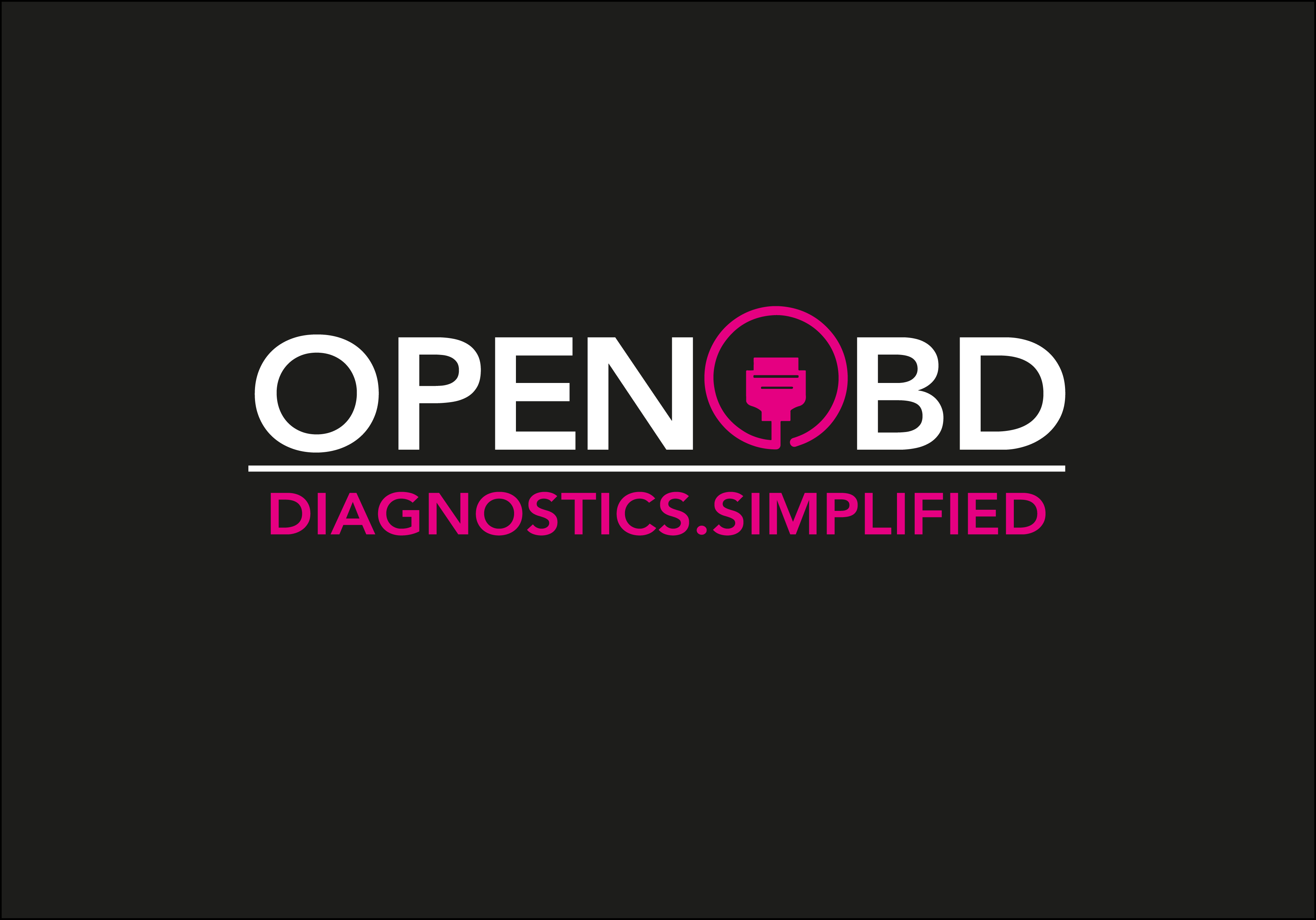Remote diagnostics with your custom-built automation
With openOBD, you can connect a remote vehicle’s OBD2 port to your private cloud via the internet. This enables you to run custom diagnostic routines using Jifeline Networks’ cloud infrastructure. Create guided diagnostic procedures in your preferred programming language and leverage your proprietary diagnostic knowledge. Jifeline Networks partners can boost technician efficiency with openOBD.
This means that in stead of using a local that is connected to the diagnostic tool at your helpdesk, you use scripting to perform automated guided procedures. As a result, you can simplify complex repair and maintenance procedures, supporting your team of operators.
The challenge
Today’s vehicles feature complex electronic architectures demanding specialised coding, programming, and calibration expertise. The high cost and rapid evolution of diagnostic equipment pose significant challenges for many workshops. Remote Diagnostics offers a promising solution by optimising diagnostic tools and knowledge. However, the current model, reliant on dedicated tools and personnel for each remote service, limits its efficiency.
The solution
To overcome these challenges, Jifeline Networks introduces openOBD. This innovative technology empowers you to create custom diagnostic procedures that directly control OBD2 communication. By automating routine tasks and streamlining workflows, openOBD helps workshops to optimise operations and focus on complex issues.
Why openOBD?
Remote Service Suppliers can seamlessly integrate diagnostic routines into their daily workflow, for example by automating common diagnostic jobs and eliminating wait times, allowing your staff to concentrate on more complex diagnostics, or by generating automated reports and fault code readings.
Simplify complex repair and maintenance procedures
With openOBD, you can connect directly to the OBD2 port of a vehicle by tapping into the Jifeline Networks infrastructure. This allows you to create guided diagnostic procedures (Automated Functions) in your own preferred programming language.
In short, this means that in stead of using a local that is connected to the diagnostic tool, you use scripting to perform guided procedures. As a result, you can simplify complex repair and maintenance procedures, supporting your team of operators.





